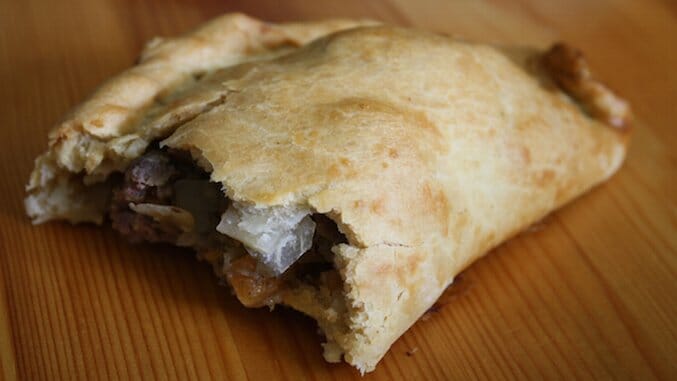The American Misconception of English Food
Photo: Benjamin Vander Steen/Flickr
Oh, we in England with our bad teeth, crummy healthcare and perpetual rain. It’s made all the more unbearable by a meagre diet of black pudding and jellied eels. Why do Americans even bother to visit its malnourished, drizzly shores?
Firmly ingrained in the American psyche is the notion that British food is terrible. It’s a bit of a shame because, like America, England is evolving into a nation of food enthusiasts, much of it based on tradition. Yet many Americans carry this prejudice with them, applying it by default. The reality is that on both sides of the Atlantic we have good and bad, strange and commonplace.
The Second World War created a black hole in British kitchens. The Luftwaffe bombed the country to bits, while the German Navy blocked the import of goods. Pre-war Britain imported close to 70 percent of its food. The government implemented strict food rationing in 1940, and it wasn’t released until 1954. America had its own food rationing, of course, but it was nowhere near as crippling, lasting just four years. The USA was more self sufficient, and it took a different direction in the 50s – with the boom of processed, cheap fast food.
With a stalwart resolve and stiff upper lip, British people did what they did best — made do. Luxuries were rare; meat was scarce. Not that Britain was a culinary Mecca pre-war, but in those days of digging in, food was and transformed — boiled senseless or roasted to hell — into a stodgy brown mess that fed many. Rationing created a hangover that lasted past its 1954 cut-off, right through the 70s. Overcooked meat and two mushy veg were the result of a 14-year culinary reset. It coincided with the era of airliner-based Transatlantic tourism. Holidaying Americans were justifiably put off. But the label endured.
So, what is this superior cuisine that Americans tout? Mom’s apple pie, casserole, pot roast and meatloaf — the cornerstones of nutrition on the table of the American dream. Or, with the American passion for eating out, soul food, burgers, pizza and chilli-cheese fries. It seems a little unfair to sum up American food in just a few of its iconic dishes, let alone dismissing its melting-pot influence. Americans took beloved recipes from their heritage and made them their own. The features of the archetypal American menu are decked in a history beyond its 240 years.
-

-

-

-

-

-

-

-

-

-

-

-

-

-

-

-

-

-

-

-

-

-

-

-

-

-

-

-

-

-

-

-

-

-

-

-

-

-

-

-








































